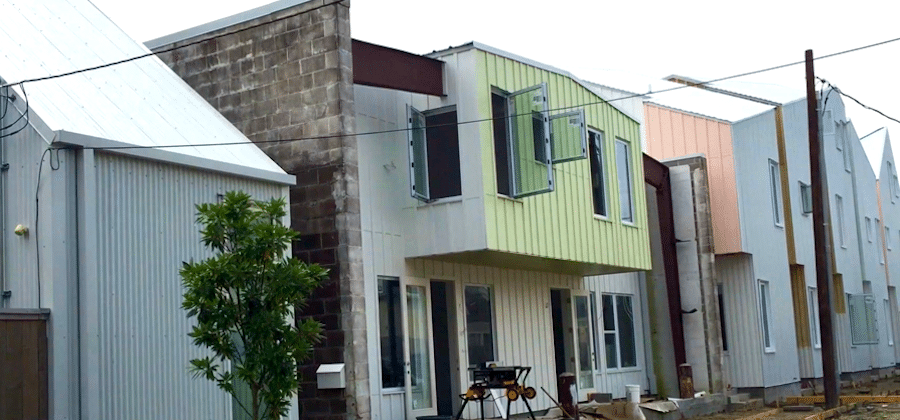
Community investment plays an important role in helping to make our cities more equitable and sustainable. Community investment contributes to economic vitality, affordable housing and the overall liveability of all communities. Often it is a necessary piece of the capital stack in under-served communities, where soft markets make it difficult to raise sufficient conventional financing for projects.
Community investment can come from numerous sources — foundations, banks, companies, individuals, public subsidy and philanthropy – and in numerous forms — loans, bonds, tax-credit equity, structured investment or even investment crowdfunding.
It’s not a new phenomenon. Black-owned banks, which came about due to segregation, once provided capital to Black entrepreneurs and prospective homeowners who had an almost impossible task finding loans. Credit unions (not-for-profit financial cooperatives) also met the need for financial services where banks would not step in and became an important source of micro-finance for poorer and rural communities.
In the 1960s, after Lyndon B. Johnson announced a ‘war on poverty’, community development corporations saw an era of unprecedented federal funding. But when this source of funding slowed down in the 1980s, non-profit loan funds emerged instead. And in an important policy innovation in 1994, the Community Development Financial Institution (CDFI) fund was born, creating the kind of equity capital that the community investment industry needs.
Community investment knits together all of these organizations and institutions from different origin stories. Today, despite still being a small part of the financial services sector, the industry has become more mainstream. This has been accelerated by the pandemic which has focused attention on the plight of underserved communities and has also brought attention to CDFIs.
LISC (Local Initiatives Support Corporation) where Annie Donovan is COO, is such a CDFI. The pandemic has increased their funding stream rapidly, specifically through corporations wishing to make a difference. By traditional measures, the rate of return for investing in underserved communities is not normally commensurate with the risk. That’s the reason capital doesn’t flow to those communities. But the pandemic and the Black Lives Matter movement has highlighted the inequity in communities, and LISC is proving that the places and the people they’re investing in are creditworthy. They’ve raised and invested funds and they’ve done it in a financially and fiscally responsible way. And this, in turn, is what helps the industry grow.
We’re optimistic that community investment will continue to blossom and so is Annie. Listen to our conversation here.
Image courtesy of Eve Picker
